
Gilman, VT
The history of a quiet mill town on the banks of the Connecticut river in the scenic "Northeast Kingdom" of Vermont.
The Village of Fitzdale
In 1910, there is a reference to the small mill village as Fitzdale. It is believed that this name originated because of the personal concern of George Fitzgerald mentioned earlier and a certain Porter H. Dale of Island Pond, Vermont. It is believed that he was a senator in the Vermont legislature. Mr. Dale's name appears along with those of Parks, Parks, Howe and Waite on a charter for the formation of the Parks Paper Company in 1910. It is not clear to what extent Fitzgerald and Dale were involved in the financial backing of the mill in this period, but their influence must have been significant to have the village take on a combination of their two names.
The Parks Paper Company
During 1910, the Dalton Paper Mills terminated their lease taken from the Dalton Power Company, and in 1911 the records show that the Dalton Power Company paid taxes. The Parks Paper Company paid taxes on Maillot's store plus some property in the village. Through 1920, the Dalton Power Company actually retained ownership and paid taxes on the mill, but the Parks Paper Company began to gain influence and actually operated the mill, even though there does not seem to be evidence of a new lease.
Isaac Gilman
In 1910 or 1911, Isaac Gilman, who emigrated from the Russian Ukraine as a boy and started in the paper business in 1881, became a stockholder in the Parks Paper Company. He was active in the newsprint and grocery bag merchant business in New York City, and he no doubt saw this an an opportunity to assure his Gilman Paper Company of a dependable raw material supply. In 1912, the Dalton Power Company took a twenty year $500,000 loan from the Merchantile Trust Co. of Portland, Maine for the purpose of paying for four waterwheels and two generators to supply electricity for the mill and the surrounding area. Part of these funds were used to rebuild the pulp mill in 1913 and 1914.
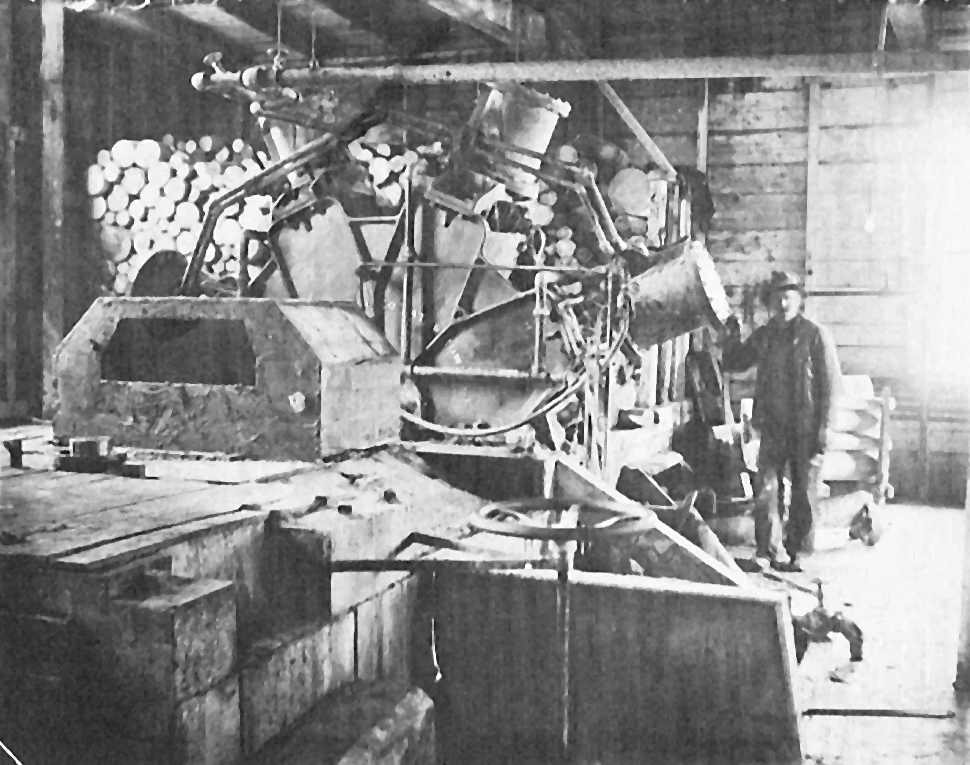
The new pulp grinder in the beater room of the new pulp mill in 1913.
Fitzdale Paper Company
A tariff bill was passed in 1913 by the U.S. Congress which removed all duties on newsprint imported to the United States from Canada. This foreign competition forced the mill to improve the quality of its newsprint grades and look for other grades to manufacture. in 1913 the Parks Paper Company official changed its name to the Fitzdale Paper Company. Sometime during this period Isaac Gilman gained controlling interest in the operating company. In 1915, there is a reference that the Fitzdale Paper Company purchased the Madden estate and throughout this period paid taxes on a store and some other land holdings in the village. It is stated that another paper machine was brought to Fitzdale during the First World War, but was not assembled until several years later. In the meantime, Fitzdale Paper built ten new houses in 1917.

A view of the town of Fitzdale from around 1917.
The Village of Gilman
The records do now show exactly when Fitzdale Paper Company bought controlling interest in the mill property from the Dalton Power Company, but in 1921 Fitzdale Paper Company paid taxes on a paper mill, pulp mill, bag factory, twenty-one new houses built in 1920, ten single houses below the track, ten double houses west of Wheelock, a hotel, an office, one double house known as Maillot's store, an old boarding house, and four parcels of land. On May 1, 1921, the Gilman Paper Company purchased these properties from the Fitzdale Paper Company for the sum of $10.00. Isaac Gilman was President of both companies. The village began to be referred to as Gilman around this time, perhaps even a few years earlier.

The Gilman hotel around 1920.
Major Renovations
From 1920 to 1924, a major renovation and construction period occured and four major projects were completed. The old steam plant, built in 1901, was demolished and the existing plant with four stirling coal-fired boilers and 225 foot high chimney were built on a new location further away from the river. A new building was erected on the site of the old steam plant to accomodate the new No. 2 paper machine along side the No. 1 paper machine. A building was erected north of the steam plant to house converting equipment for a grocery bag department. The finishing room was added on to the down river end of the paper mill. During this period, most of the newer houses in the village were built and the entire village was provided with fire, sewer, and water systems. The bag mill received a 200 foot addition in 1924. The flood of 1927 swept away the wooden dam and a new one was built in 1928.
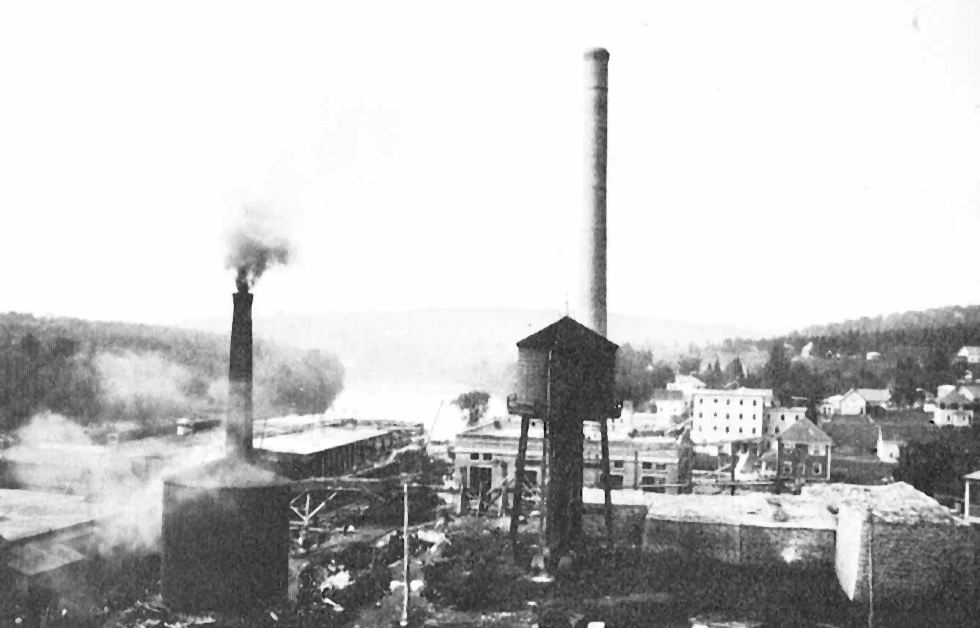
The Gilman mill and town around 1924 after the major renovations.
Grocery Bag Business
The 1920's were a period of rapid growth and prosperity. Many people moved into the area to work in the new bag mill. Some of the bag machines were acquired from a bag mill in Woodland, Maine that had closed down earlier. A number of families moved over from that area as well. With the rapid growth of the grocery bag business, it was necessary to purchase the higher grade chemical pulp required from other pulp mills.
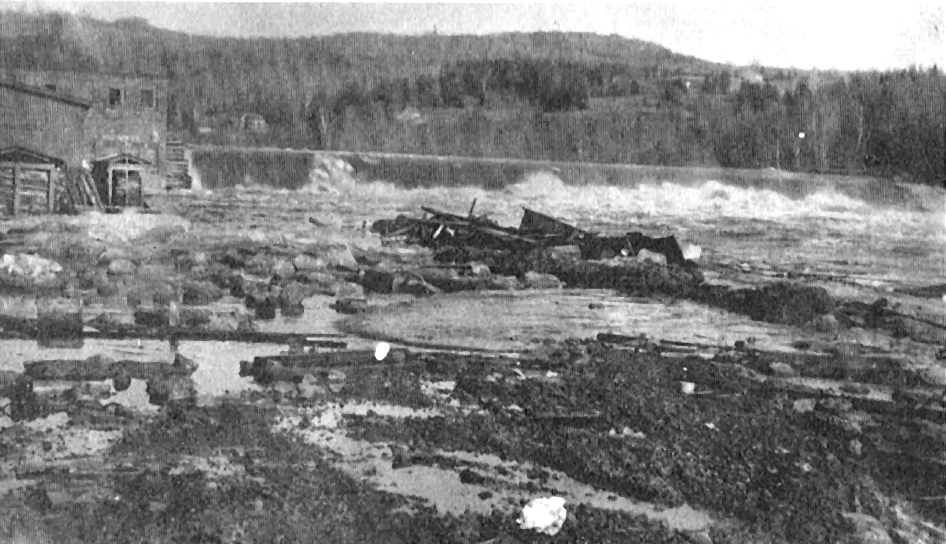
This picture shows the mill dam in 1927 just before it ruptured and needed to be completely rebuilt.
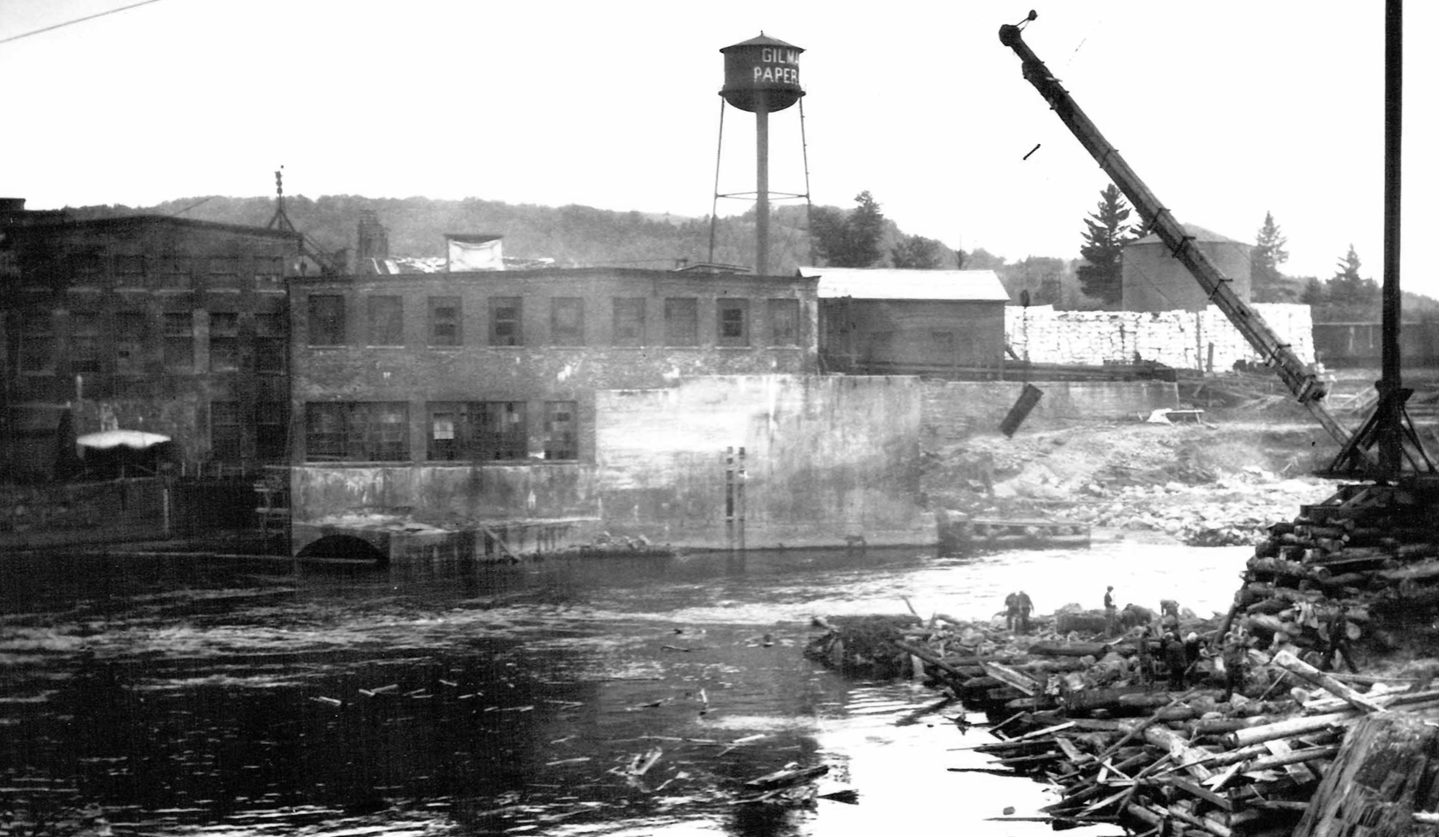
A wonderful picture of the Gilman mill in 1928 as construction began on the new dam.
Expanding to New Markets
B.M. Kimball arrived in 1929 from Pepperell, Mass. at the request of Isaac Gilman to further expand in the paper converting field. Mr. Kimball brought in Mr. Currier, who opened up a Kraft bag department to produce larger, multi-walled bags such as cement bags. Then in 1931, Walter McLeod came up from Pepperell to open a gummed tape department. John and Walter Millett came about the same time and started up a department that produced twisted yarn made from paper which was then woven on looms to produce bags for onions and other produce.
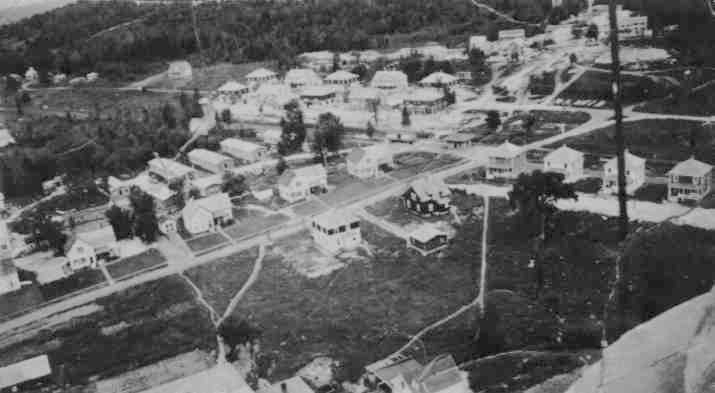
An aerial view of the village of Gilman. The mill grounds are just visible at the bottom of the picture.
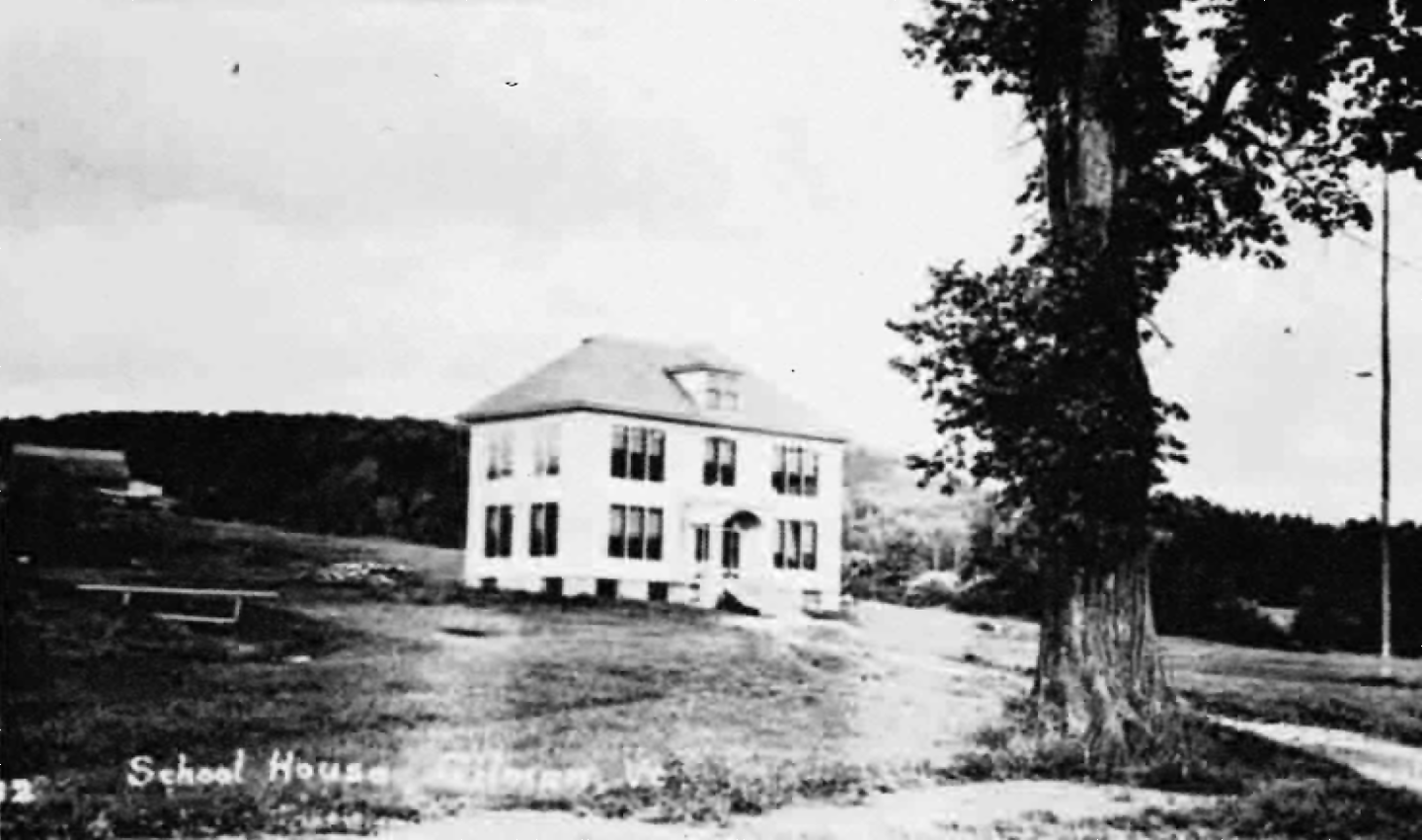
The Gilman school in the 1920's.
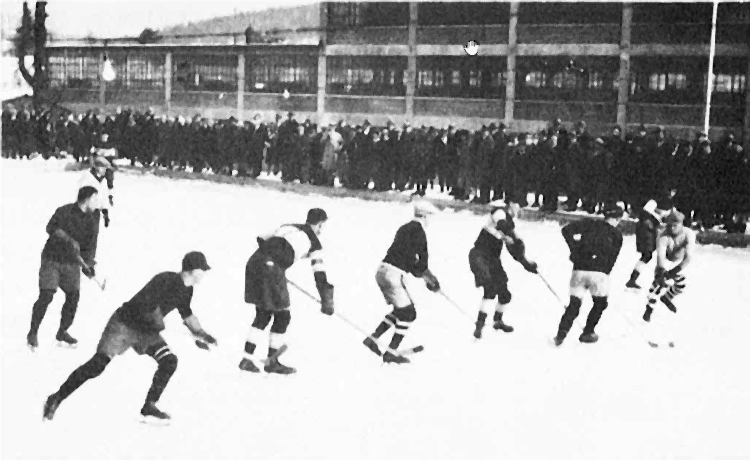
A hockey game at the Gilman hockey rink near the mill in 1929.
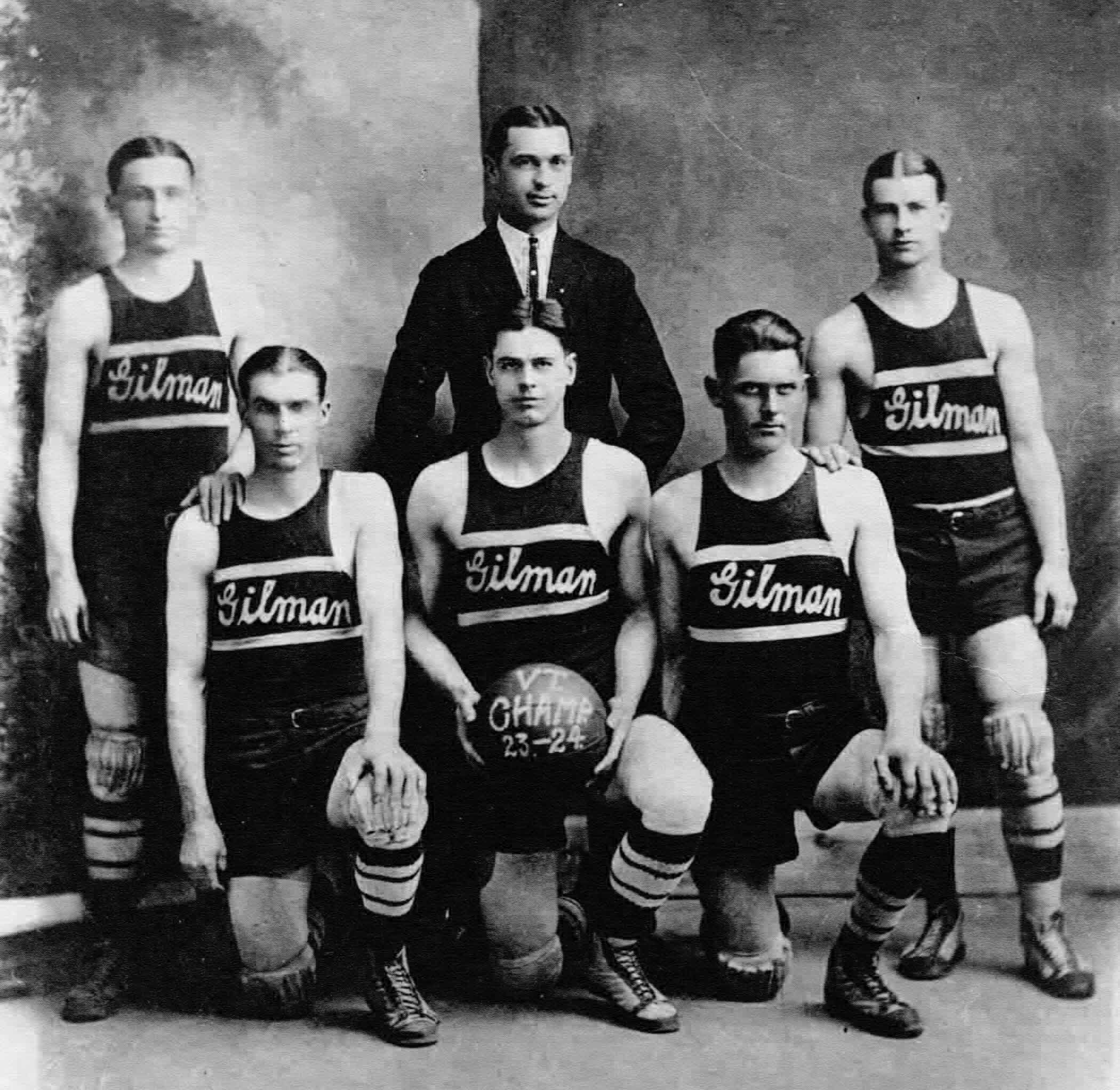
The 1924 Gilman Championship basketball team. Back row - Fish Ivney, Manager Clarence Smith, Howard Powers. Front Row - Bud Silver, Ken Lamphert, Scott Aldrich.
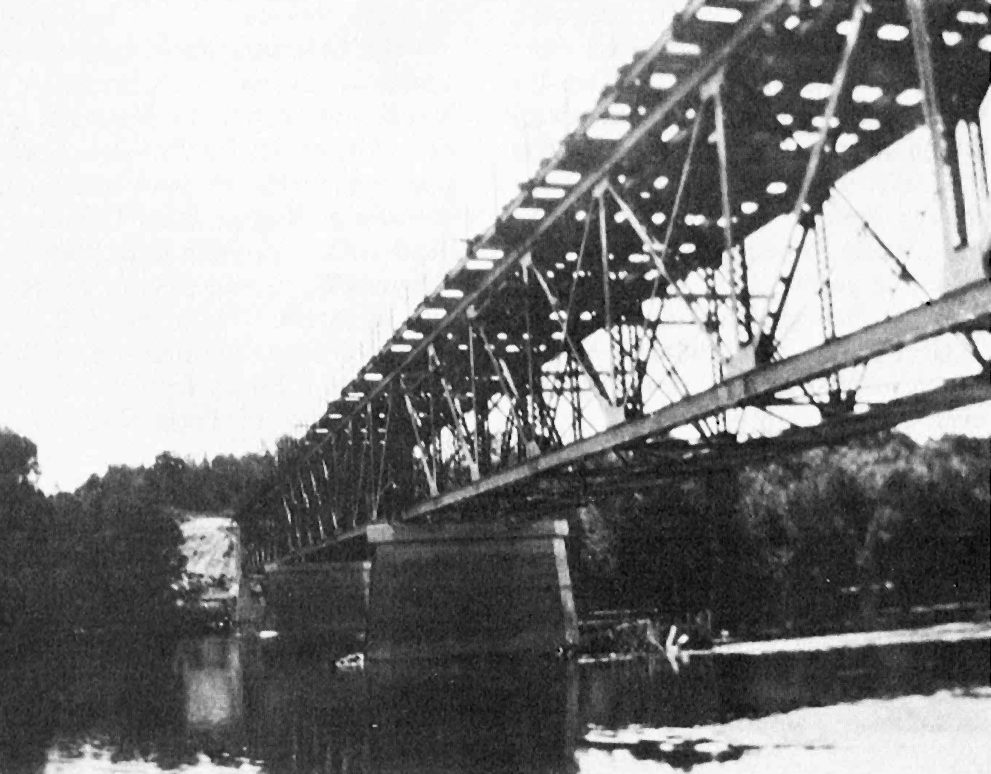
In the later 1920's a bridge connecting the village of Gilman, VT to the village of Dalton, NH was constructed.
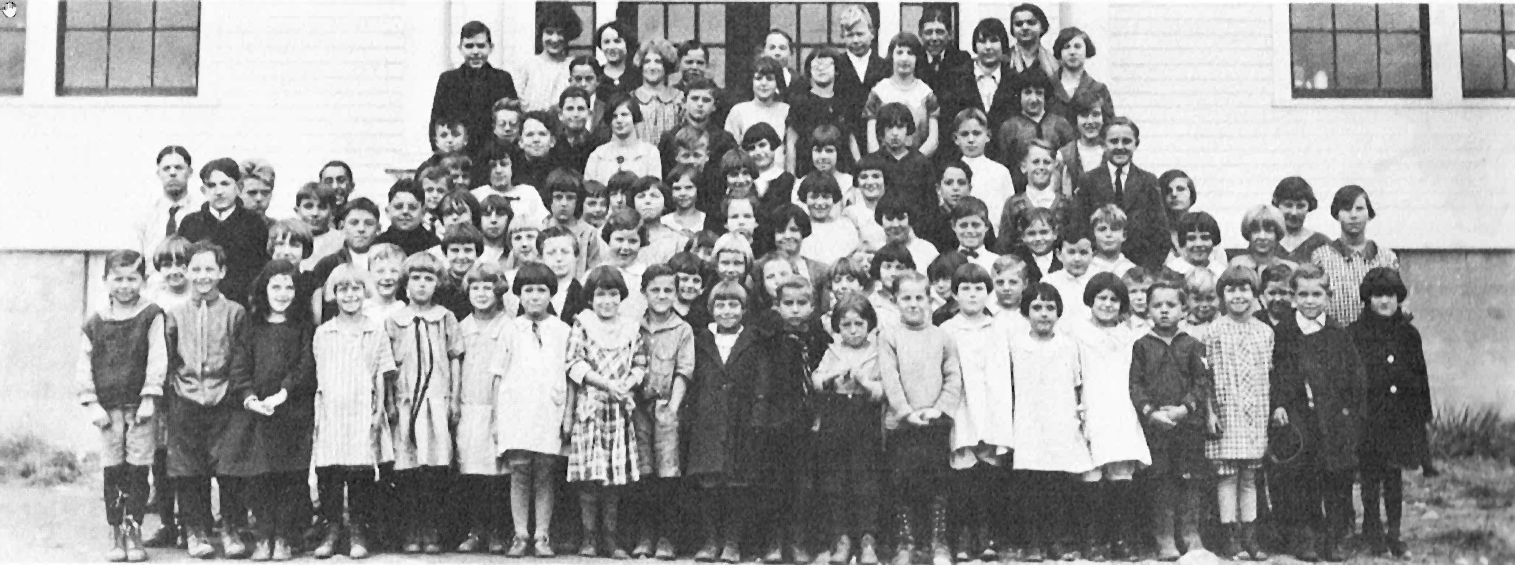
The 1926 Gilman school picture.
